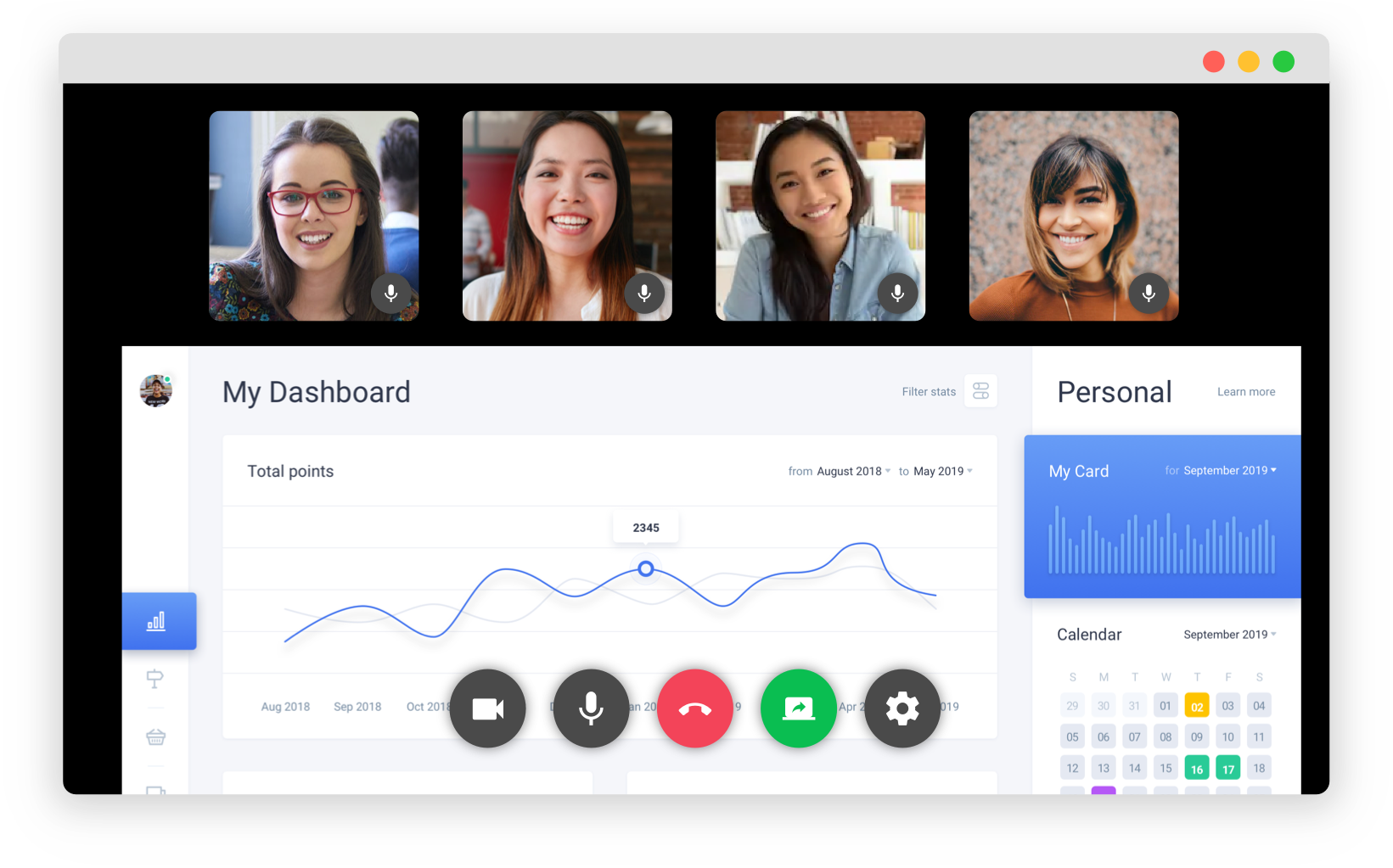
The workplace can be one of the most conflict-prone environments we inhabit on a day-to-day basis, and many people will tell you that conflict is code-red for any organization in any industry—stalling projects and creating an uncomfortable atmosphere for employees.
But conflict is a fact of life. When cultures clash, opinions differ and priorities stand in opposition, tension inevitably rises. Part of our success as human beings can be attributed to the fact that we've learned to manage this bad conflict effectively and then, through great communication tactics, transform it into creative conflict.
That's right, creative conflict. Studies have shown that dealing with conflict in a healthy and constructive manner can lead to better workplace outcomes and idea generation. By tapping into the potential goldmine that is workplace conflict, you can actually drive more creativity, productivity and efficiency for your company — but only if you do it right.
So what is the right way to manage creative conflict in your organization? With great communication.
Here's why great communication can turn workplace conflict into an innovative breakthrough
If your organization has a communication problem, it's more than likely that you have a conflict problem too. Disagreements are bound to crop up in even the most transparent of workplaces, but leaders who fail to communicate with the rest of their team in a timely, complete and accurate fashion are just digging a deeper hole for themselves.
Therefore, the key to unlocking the creative power of workplace conflict is open, immediate, thoughtful and inclusive communication, with and among employees.
Open communication brings problems to light.
By creating a workplace culture that encourages open communication, you're already setting the stage for creative conflict. Quick and casual communication channels like team messaging systems can help your team feel more comfortable communicating with each other on a regular basis, about big things like major company initiatives or little things like changing the date and time of a meeting. Use channels like these to share important news, documents and ideas with your team, and encourage employees to respond to these things honestly.
When employees feel welcome to express their opinions—even the negative ones—without the threat of punishment, they're more likely to speak up when they notice holes or weaknesses in a project. For more introverted employees or for those who would benefit from stepping back and thinking more deeply about a topic, team messaging systems can be the perfect solution for offering constructive criticism and reaching more creative solutions.
Immediate communication sparks deeper, more creative ideas.
Most of us have experienced that nightmare roommate: the one who won't do the dishes, pick up their clothes or wipe off their muddy shoes before walking on the carpet. At first, we try to be polite. We do the dishes when it isn't our turn or we shampoo the carpet while they nap on the couch. But after months of ignoring it, the minor annoyance begin to fester until it becomes full-blown resentment.
Maybe that roommate is a friend, a spouse or a child—whatever the case, the lesson here is that addressing conflict as quickly as possible is imperative to solving the issue with civility. The same is true in the workplace. When tension arises, communicate with your team immediately. In cases where half your team is out of the country or working remotely when an issue comes up, team messaging or video conferencing platforms are a great way to address the issue while it's fresh in everyone's minds. This will spark more in-depth and productive brainstorming sessions, allowing you to dig deeper into the pros and cons of an idea before formulating a business plan around it.
Thoughtful communication keeps emotions at bay.
You may be wondering: What happens if the conversation becomes too heated? Entering a difficult discussion before everyone's had time to learn the facts, digest the issue and formulate a reasonable opinion can be a dangerous game. But engaging in workplace conflict doesn't have to end with employees chucking their laptops across the boardroom.
Workplace conflict becomes creative conflict when discussions are thoughtful, fact-based and informed. If it seems like employees' emotions are clouding the discussion and preventing a timely resolution, put the argument on the shelf for a while. Upload any notes, questions or related documents that came up to a centralized, easily-accessible place, such as a team messaging solution, for your employees to review on their own time. By giving employees the distance and information they need to cool down their emotional responses and formulate a fact-based argument, you can cut through any communication roadblocks you've run into and facilitate a more productive discussion.
Inclusive communication ensures everyone is heard.
We've all heard the classic adage, “two heads are better than one.” Teamwork is at the heart of innovation, and unless you bring all key stakeholders together to participate in an important discussion, you'll never reach the creative depths that you have the potential to reach. Of course, settling on a plan that works for everyone is a process fraught with conflict, and the only way to reach that consensus is to make sure everyone is heard. When your team has a mix of introverts, remote workers, cross-functional stakeholders and seniority levels, giving everyone the chance to speak can be a difficult task.
 To reach employees who are unable to be physically present during discussions, implement virtual communication tools, such as video conferencing platforms and team messaging systems. These can help keep everyone on the same page and allow you to receive comments and questions in real-time from members in different locations. Some virtual communication tools allow you to host anonymous polls for a final decision, ensuring honesty and fairness for everyone.
To reach employees who are unable to be physically present during discussions, implement virtual communication tools, such as video conferencing platforms and team messaging systems. These can help keep everyone on the same page and allow you to receive comments and questions in real-time from members in different locations. Some virtual communication tools allow you to host anonymous polls for a final decision, ensuring honesty and fairness for everyone.
Better communication turns conflict into a tool for success.
As Robert Townsend said, "a good manager doesn't try to eliminate conflict; he tries to keep it from wasting the energies of his people. If you're the boss and your people fight you openly when they think that you are wrong — that's healthy."
In other words, the most innovative companies in the world don't fear conflict — they celebrate it. Great workplace communication allows you to challenge your employees and truly push the limits of their creativity. To recap, the process for turning workplace conflict into creativity is:
- Ingrain honesty, civility and open communication into your company culture.
- When problems, disputes or weaknesses arise, dive into them with haste.
- Encourage your team to put their emotional reactions aside, think deeply about a subject and use data to back up their arguments.
- Give everyone the chance to express their ideas, and when they speak, listen!
Embrace creative conflict in your company by providing your employees with the tools they need to communicate more effectively. Ultimately, this could mean the difference between disappointing business outcomes and successful industry leadership.







